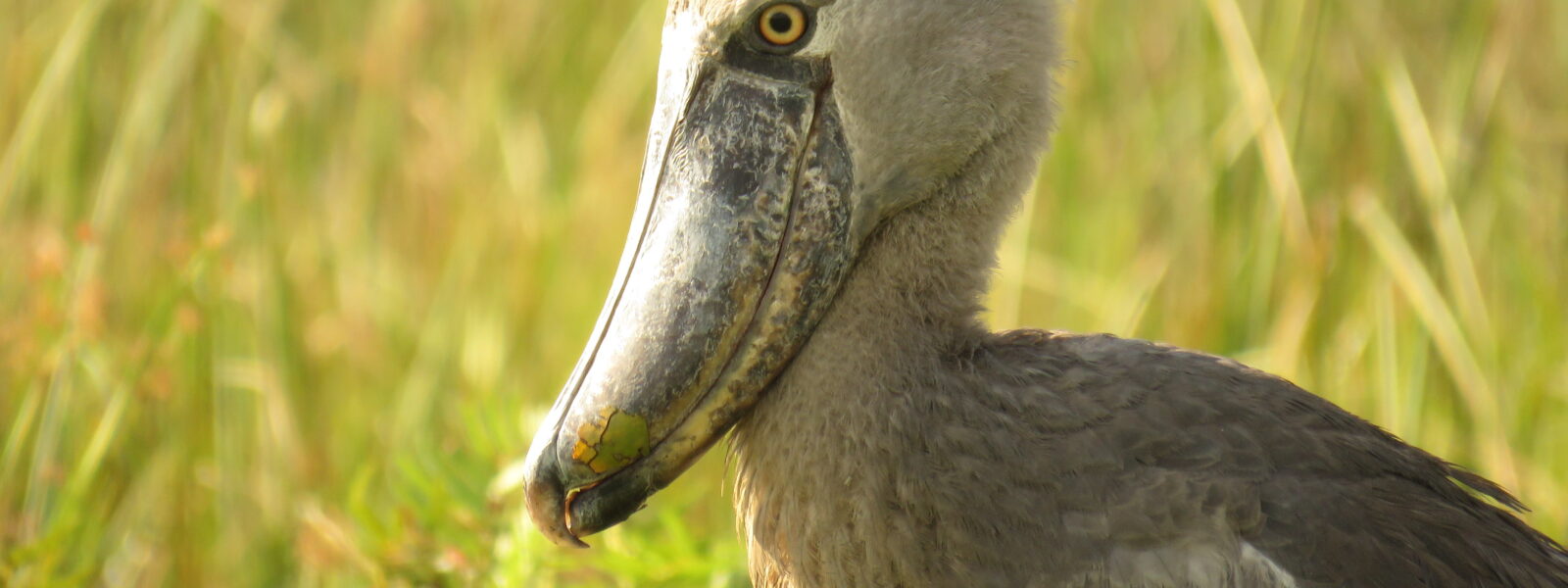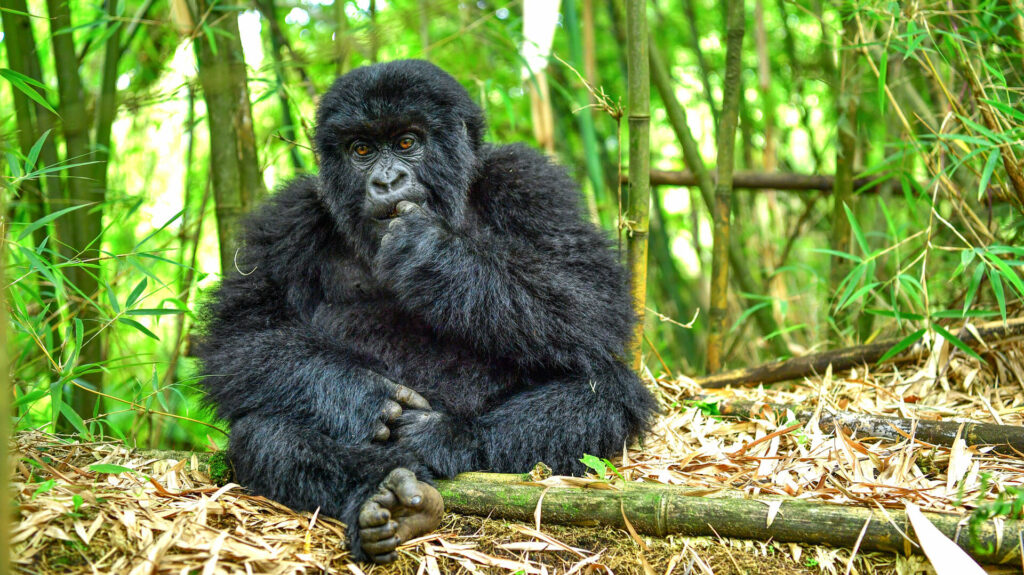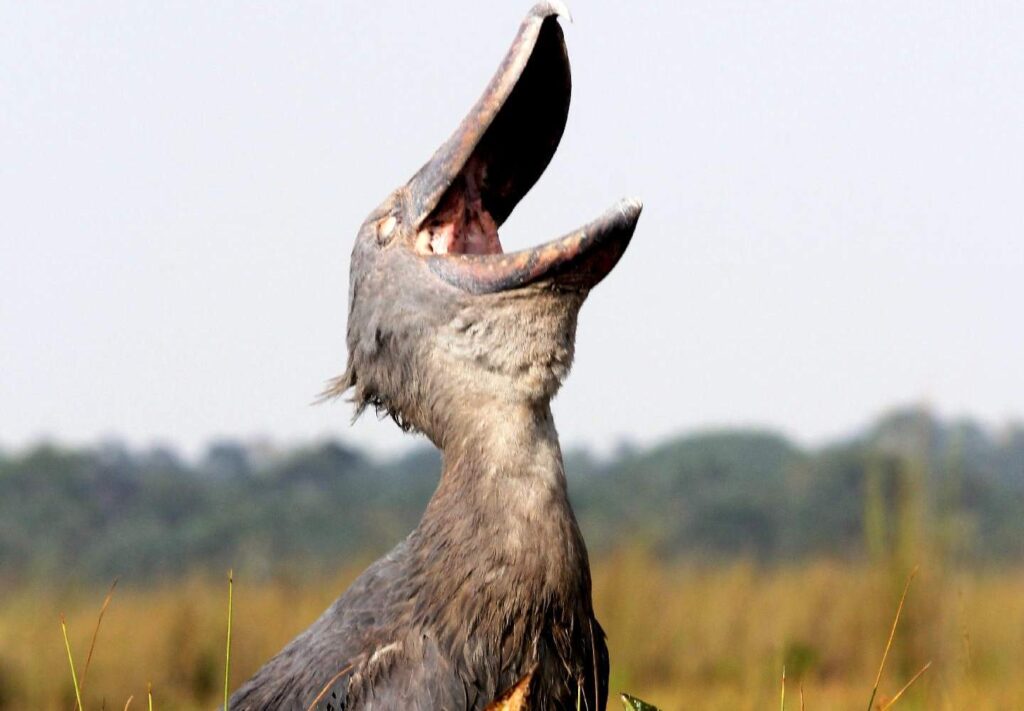The Shoebill is a gigantic waterbird that prefers to inhabit freshwater swamps of grasses, reeds, and papyrus, and thus has been fondly referred to by some as “king of the marshes”. It has a low population, estimated at 5,000 – 8,000 birds still surviving. As the Shoebill has clearly been in decline in several areas, it is listed as Vulnerable on the IUCN Red List. The Shoebill storks in Africa occur from South Sudan, western Ethiopia, Uganda, Rwanda, northern Zambia, western Tanzania, Central African Republic, Burundi, Kenya, and the eastern Democratic Republic of the Congo.
The Shoebill faces several threats. Its breeding success is largely impacted by anthropogenic (human impact on the environment) factors such as disturbance by livestock and people, destruction of nests and breeding areas by fire, and habitat conversion and degradation. Oil exploration in the Sudd (South Sudan) and agricultural developments in Gambella (Ethiopia) also have huge impacts on the species’ habitat. Shoebills are also threatened by the illegal live bird trade, with high mortality during capture, transit, and captivity. Furthermore, significant knowledge gaps remain about the Shoebill storks in Africa, including current information on numbers and trends at different sites, movements, breeding and foraging requirements, causes, and extent of trade.
Among the actions proposed in the plan include: maintaining trade bans, strengthening surveillance and raising awareness, especially with respect to fire; restricting livestock from core breeding areas; conducting proper EIA for oil and other developments; developing management plans for Shoebill areas; and promoting sustainable wetland-based community enterprises that make communities benefit from Shoebills and their habitats, notably ecotourism initiatives. Research to fill the key knowledge gaps is also planned.
The development of this plan was commissioned by the UNEP/AEWA Secretariat to Nature Uganda (BirdLife in Uganda) and financially supported by the Swiss Federal Office for the Environment (FOEN). Its compilation commenced with a workshop in October 2012 in Entebbe, Uganda, hosted by the Ministry of Tourism, Wildlife, and Antiquities of Uganda, which was attended by government representatives and species experts from the key Range States of the Shoebill. The plan received input from among others, BirdLife partner NGOs in four countries and staff from the BirdLife Africa Partnership Secretariat.
You Might Also like this:




